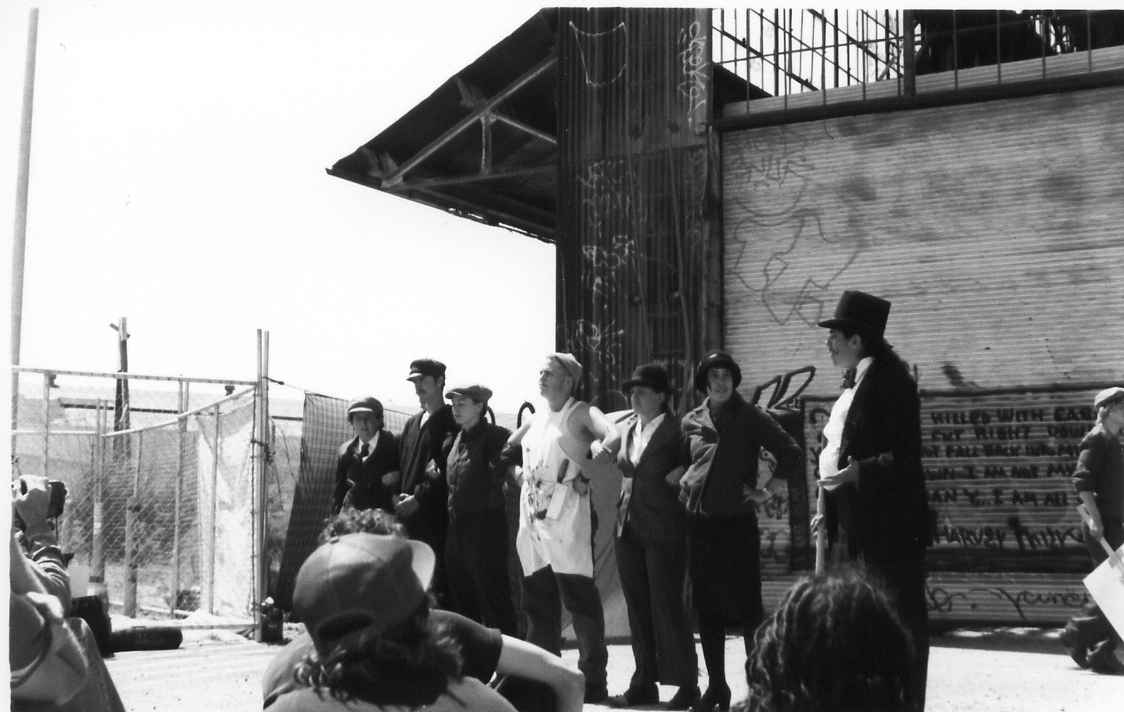Discussion points
- Place appears to be a major concern particularly for the conceptual and environmental artists of our time as well as critics of contemporary art. Site-specific art, to be precise, as it is more recently referred as "site-generated" art involves hybrid media and complex conceptualizations of place through building, unbuilding, other forms of interventions, installations but perhaps most importantly performance. In a way one could say, this is how contemporary art practices "walked out" of the museum and rendered its practices of collecting and antiquarianism rather irrelevant. Breaking the boundaries of this very old and outdated institution of the official center, site-specific artists often chose to engage not only with the deep history of places and the collective memories and unofficial histories attached to them but also commented on the politics of the public sphere, politics of the environment in the post-industrial landscapes and (sub)urban spaces. In discussing place as it is understood in this context I think will be very useful for us. In doing your readings, please pay attention to how site-specificity, place, landscape, space are conceptualized among artists and art critics. How do they contribute to or differ from academic exercises of thinking about place? If we are willing to describe archaeological fieldwork as some form of site-specific performance (considering the fact that each locality or region demands its own unique set of field methodologies and improvisations), can one learn from site-specific art? If archaeologists literally make a "cut" through the landscape or a site to reveal the "stratigraphy" of places, can we draw any parallels with Gordon Matta Clark's "building cuts"?
- What I am fascinated about this is this interesting rapproachment of the "fieldwork" carried out by the (site-specific) artist, (critical regionalist) architect, cultural historian (down in the dumps) and (especially historical) archaeologist with an interest in the deep history of places. They all seem to have an obsession with the materiality of the past, memories of place, mining in the local archives, thick description of places, interrogating the very political, contested, identity-centered nature of locations, by adopting the shared techniques of ethnographic, micro-historical and archaeological investigation of place and the bodies of knowledge, material palimpsest associated with them. It is therefore useful I believe to be in conversation rather than isolation as it is the time of crossing the borders rather than fortifying them. Happy to debate this, I might be drawing too pink of a picture here.
Site specific audio: sound portrait of Dudley and West Clifford Streets, Providence RI:  outsidehouse.wav
outsidehouse.wav
Site specific performance: 'San Francisco Street Wars': 2003 Performance of 1934 general strike on abandoned docks where striking occured:

